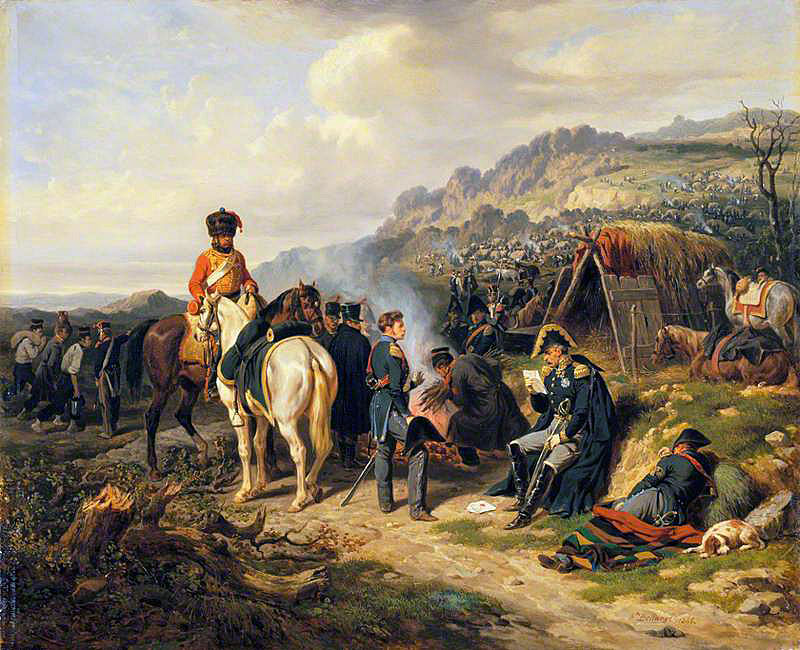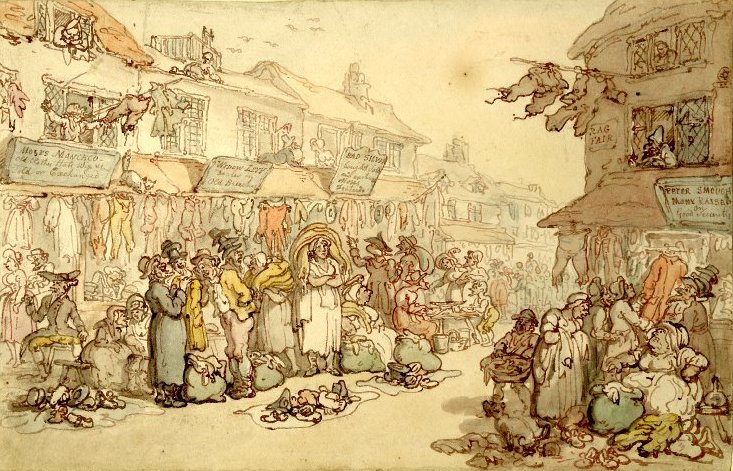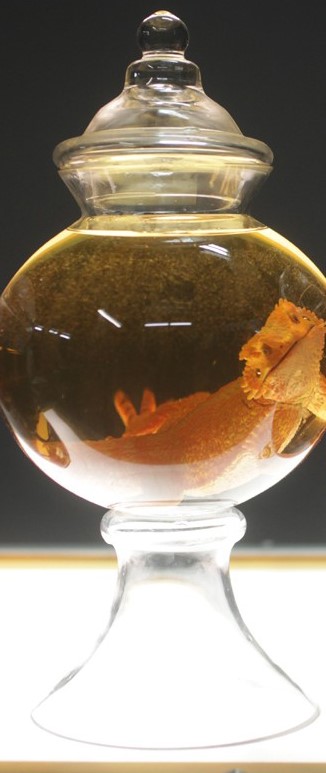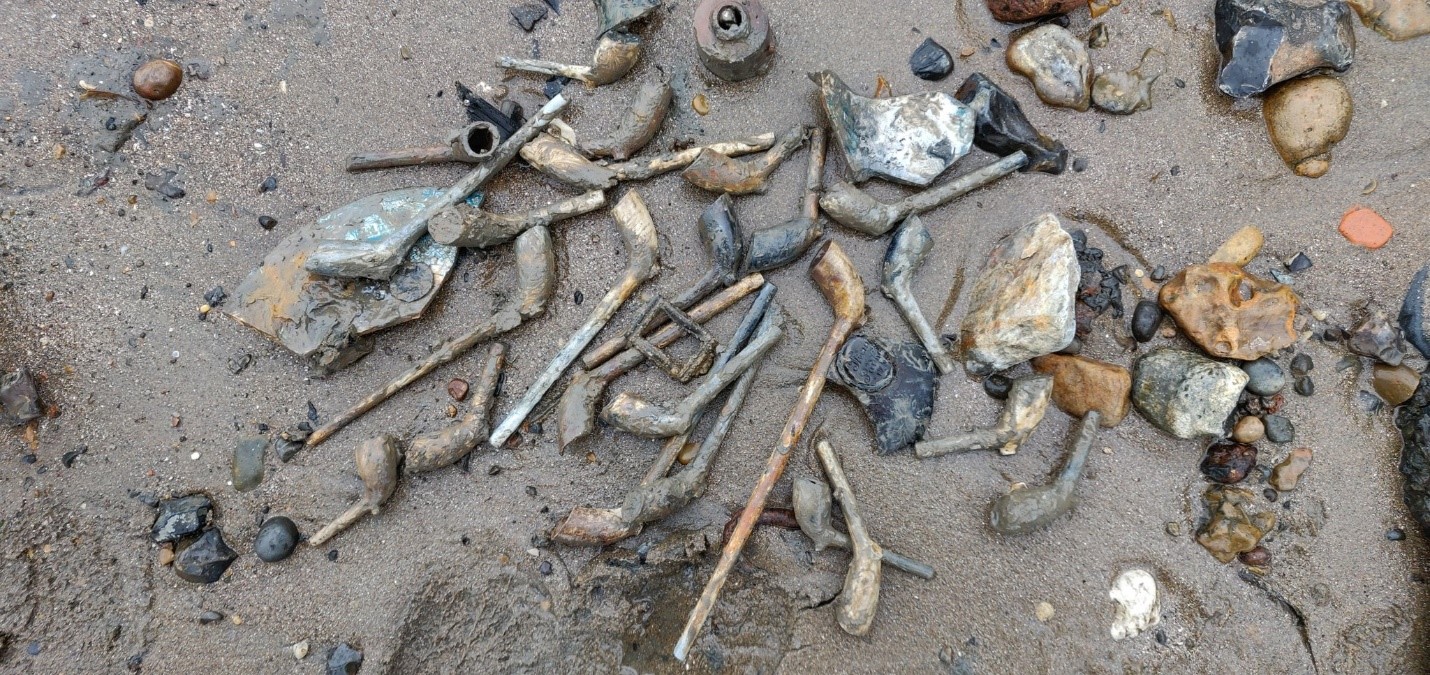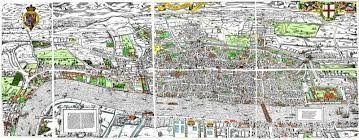I’ve always wanted to be an author but I never dreamed of writing historical fiction. High school and college history teachers focused on memorizing dates. Having a good memory, I aced the tests and promptly forgot all the meaningless data. Then I discovered Regency romance and mystery and social history. I was hooked. Seeing how people lived and why things happened tickled my brain like amorphous dates and events never did.
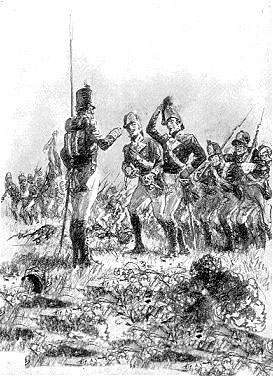
The excerpt from my wip, Mayhem and Mudlarks, is an example of how I used a story about a general’s hat from the Peninsular Wars.
“Lord Major Kenyon Randall Jamieson ushered Sherry into his small office at Whitehall, pointing out a chair in front a well-worn desk of indeterminate wood, before seating himself.
“I thought you had no friends alive here?” Sherry pulled his chair closer to the lamp on the desk and sat.
“I did not, until John Beckett, the undersecretary, read a recounting of my exploits in Talavera with the 29th Regiment.” Major pulled a bottle and two glasses out of a drawer.
Sherry nodded a yes. “The battle that solidified your role and started mine as an exploring officer’”
Major poured a substantial quaff of amber liquid in each glass and handed one to Sherry. “Or made my superiors afraid of ever sending me into battle again, especially after I told the story of the two officers who had their hats blown away by a cannon ball flying overhead.”
“Lieutenant Duguid wasn’t too happy to return the only hat recovered to its rightful owner.”
“I’m not sure that hat belonged to General Stewart. But rank has its privileges.” Major raised his glass in salute. “Now he war is over but the fears of rebellion on the home front have all the politicians and career civil servants yanking out their hair. They have no knowledge of real intrigue. Hence men such as ourselves have increased in value.”
“But I refuse to spy on my fellow Englishmen.” Sherry sipped on his whiskey to drown the sour taste in his mouth. He had been approached to do so on his return to London after Napoleon was safely ensconced at Elba…
check out britishbattles.com

